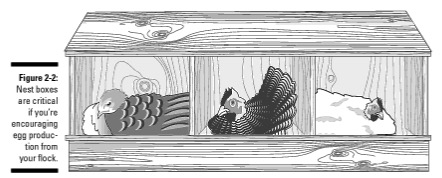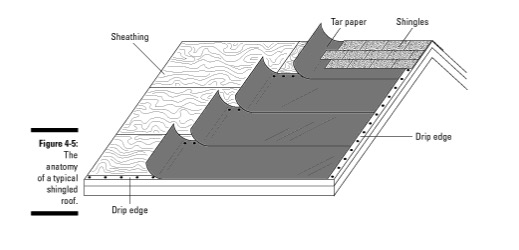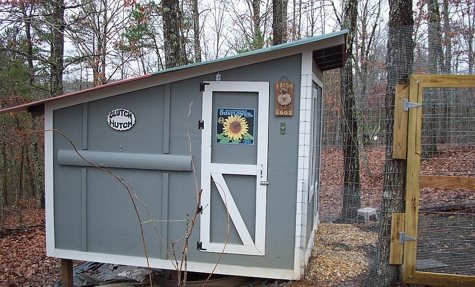Building Chicken Coops For Dummies / Backyard Chickens

Here are a couple of chickeny resources for the wanna-be chicken keeper: Building Chicken Coops For Dummies Like all of ...
Here are a couple of chickeny resources for the wanna-be chicken keeper:
Building Chicken Coops For Dummies
Like all of the For Dummies books, this takes an arcane art and breaks it down into simple, clearly-explained steps. It presents the basics of constructing a simple structure, and adapts them to rearing chickens. It also presents detailed plans and instructions for five different coops of varying complexity. Using this book, I was able to build a safe, moveable, attractive coop for my three chickens, with only a moderate amount of swearing. It was the first structure I’ve ever built all by myself, and I’m inordinately, excessively proud of it. More importantly, the chooks have lived in it for almost two years now, and I haven’t lost one yet.
Backyard Chickens
Chickens are social animals, and so are their owners. BackyardChickens is a website devoted to chicken keeping. It’s my go-to site when I have a chicken question. It’s helped me plan a coop, select breeds, build a cheap and comfortable brooder, ease health concerns, and understand my chickens’ behavior. Also, it’s fun to read other people’s adventures with chickens. I’ve been using the site ever since I started dreaming chickeny dreams, and it’s been a very helpful resource. Though I’ve been using the site for a couple of years, I’ve only recently joined as a member. Chicken books are helpful, but sometimes you just need some hands-on advice.
Excerpt
Building Chicken Coops For Dummies:
Backyard Chickens:
*
Understanding the yolk sack
Growth of a chick begins in the small fertilized area at the top of the yolk. A network of blood vessels begins to develop spreading from the embryo out over the yolk. The yolk sac is attached to the chick's navel and the chick draws nourishment from it, producing an enzyme that changes the yolk material so that it can be used as a food by the developing embryo. As the chick hatches any remaining unused yolk is drawn into the chick’s abdomen or “navel”. It will supply nourishment for the chicks first few days after hatching.












